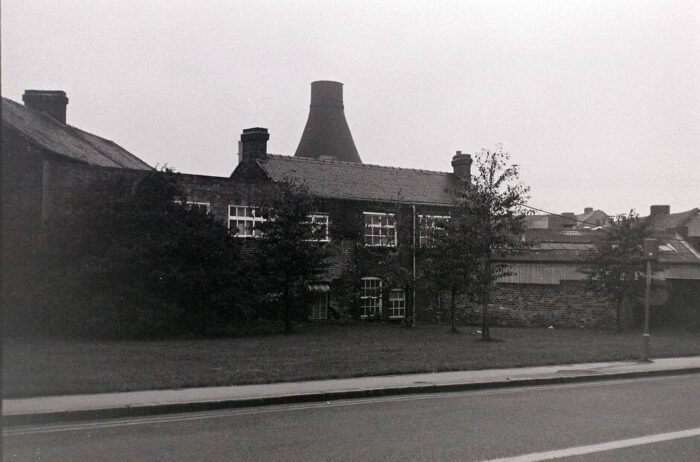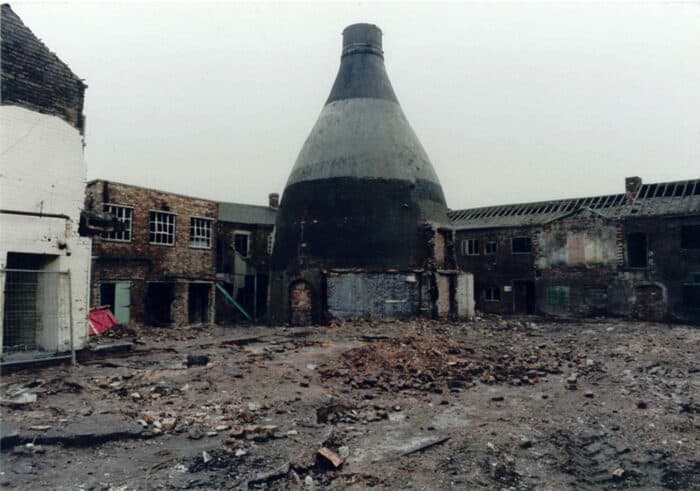Our History

1800 was a landmark date in Staffordshire’s ceramic history. It was the year Richard Dudson opened his first factory on Hope Street in Hanley, Stoke-on-Trent. In the beginning, Richard’s company produced a wide variety of attractive domestic ware, including Staffordshire figures, Relief Moulded Stoneware, Jasper Ware, Ebony and Mosaic (rouletted) ware. In 1882, Richard’s great-grandson, James Thomas Dudson, became the owner of the Hope Street factory. After travelling extensively for the firm for many years, it was James Thomas who master-minded significant production changes and identified a potential new market for the company.
With the railways well established and shipping lines flourishing, an increasing number of hotels were being built to accommodate a population that was now ‘on the move’ for the first time. James Thomas had the foresight to see the huge potential in providing tableware for the embryonic ‘leisure and tourism’ industry. The exceptionally strong, vitreous clay body perfected by his father was also ideally suited to the production of quality catering ware. By 1891, the business had turned its’ full attention on this new growth area and a new era in Dudson history had begun.
The company continued to flourish. By 1990 it was employing more people than at any time during it’s history. By the early 1980’s the Hope street site was no longer viable for modern production and all production was moved to newly expanded, state of the art J.E.Heath and Duraline factories. In 1994 the original factory site was donated by the Dudson family to the voluntary sector and an ambitious renovation project began in 1996 with donations from The Dudson Group, and Stoke-on-Trent City Council’s Single Regeneration budget, as well as funding from The National Lottery and the European Regional Development fund.


Following the demolition of most of the old buildings an archaeological dig was carried out by The Potteries Museum, however fewer shard were recovered than hoped for as the site had obviously been cleared during earlier renovations. Fortunately some of the excavated shards did throw further light on early production lines. The dig also uncovered the remains of the bases of two early bottle kilns, which were retained and incorporated into the architectural development of the site.
The renovation work was itself was complicated and in places required sections to be taken down brick by brick, labelled and relayed once adequate foundations were in place to preserve the most historic parts of the building, however once completed the centre, which was officially opened by Her Majesty, The Queen in 1999, provides the modern office space and meeting facilities for the VCSE sector that we still know today as well as the providing a home for the Dudson Collection in the impressive Grade II listed bottle oven that dominates centre of the courtyard.
Interested in seeing where the Dudson story all began? Why not visit the Dudson Museum in the heart of the Dudson Centre.
